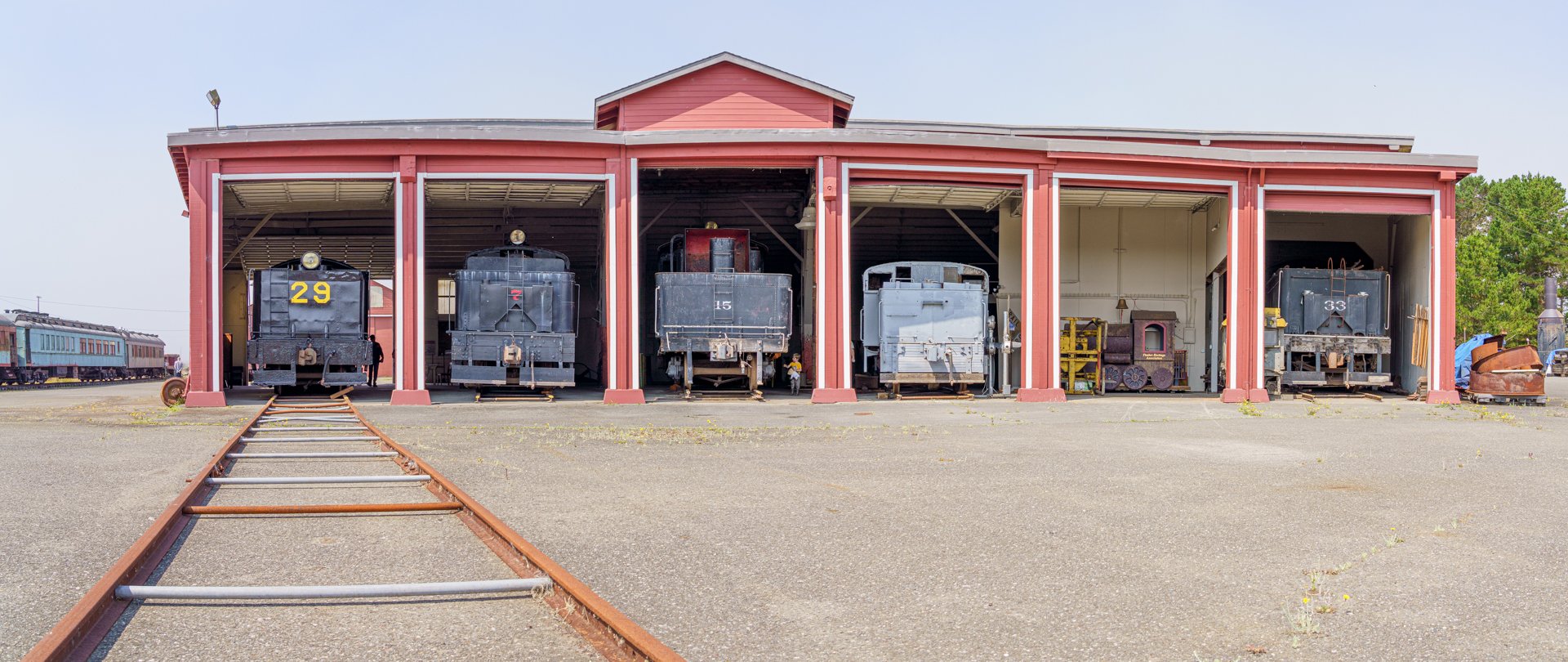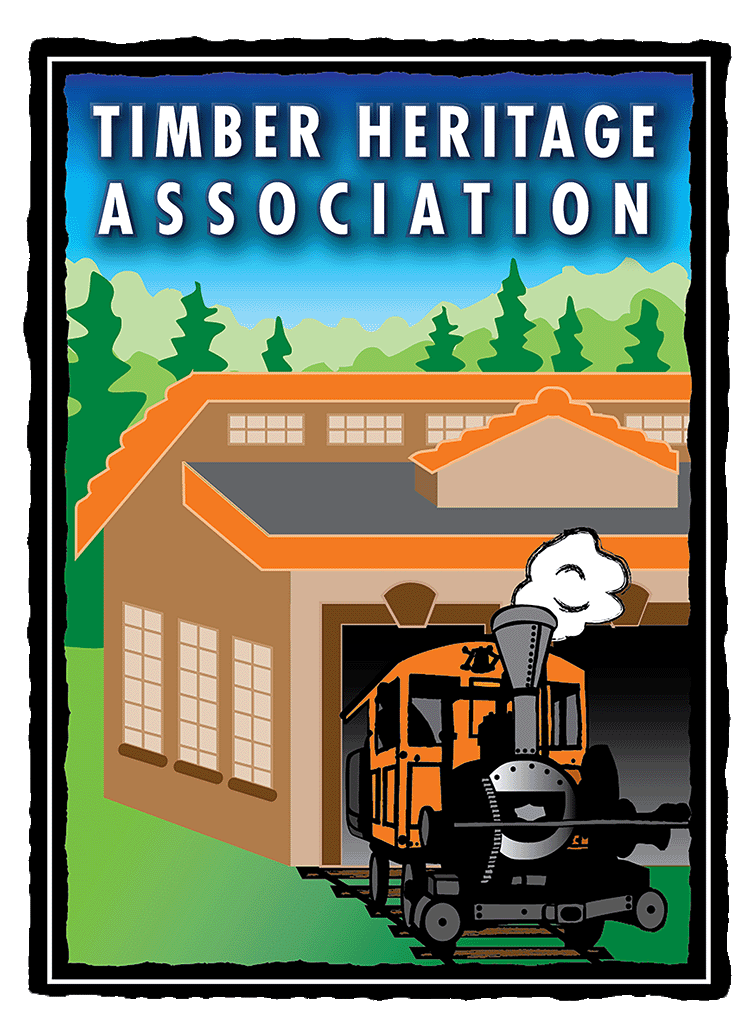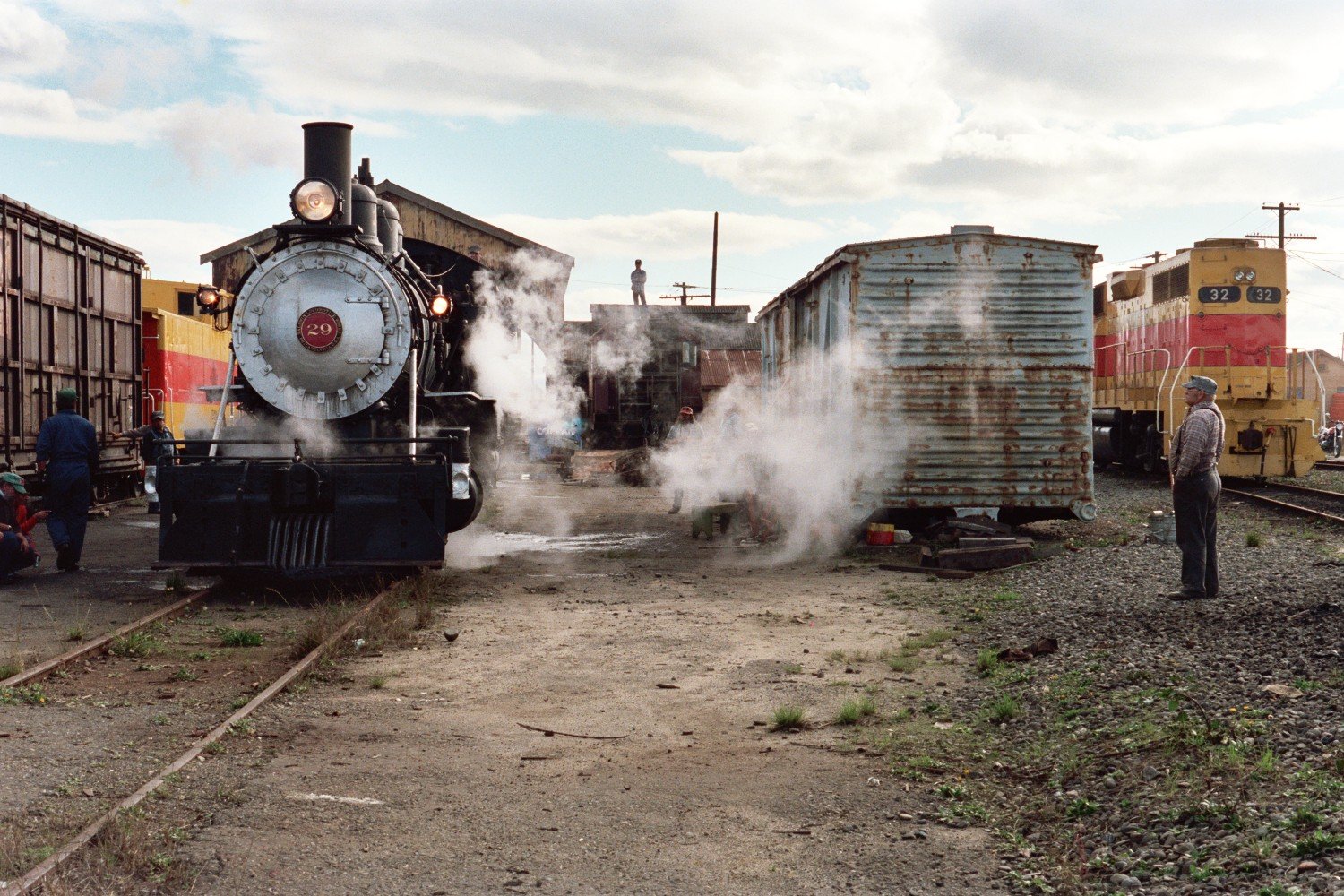
The Timber Heritage Association has been collecting timber related artifacts for almost fifty years.
The time period we represent in our collection is the 1870s to the present day. With the predominance coming from the last two decades of the nineteenth century and the first half of the twentieth century.
A significant aspect of the collection is that it is entirely local. Our proposed Timber Heritage Museum benefits from having started its collection many years before it will be displayed. The collection began when valuable artifacts were more readily available. Moreover, because timber was such a major local industry, our artifacts also reflect the broader history of timber in the West.
Below you will find our current collection of locomotives, logging equipment, and other railroad stock.





